Origins
The Great Coral Reef started the way most ambitious ideas do: with too much coffee, not enough sleep, and a sketch on a whiteboard that looked more like a dare than a design. The problem was painfully familiar. Modern telescopes such as Euclid produce oceans of data, yet only a fraction ever reaches Earth. Downlink bandwidth is scarce. Processing pipelines choke. Mountains of raw information are thrown away, not because it lacks value, but because there is no time or space to handle it.
We asked a blunt question: what if the telescope could think for itself. What if it could classify and prioritize before the photons ever left orbit. What if it was not just a camera, but a collaborator.
That question became the seed of the Reef, a modular cluster of small accelerators designed to live where the data is born.
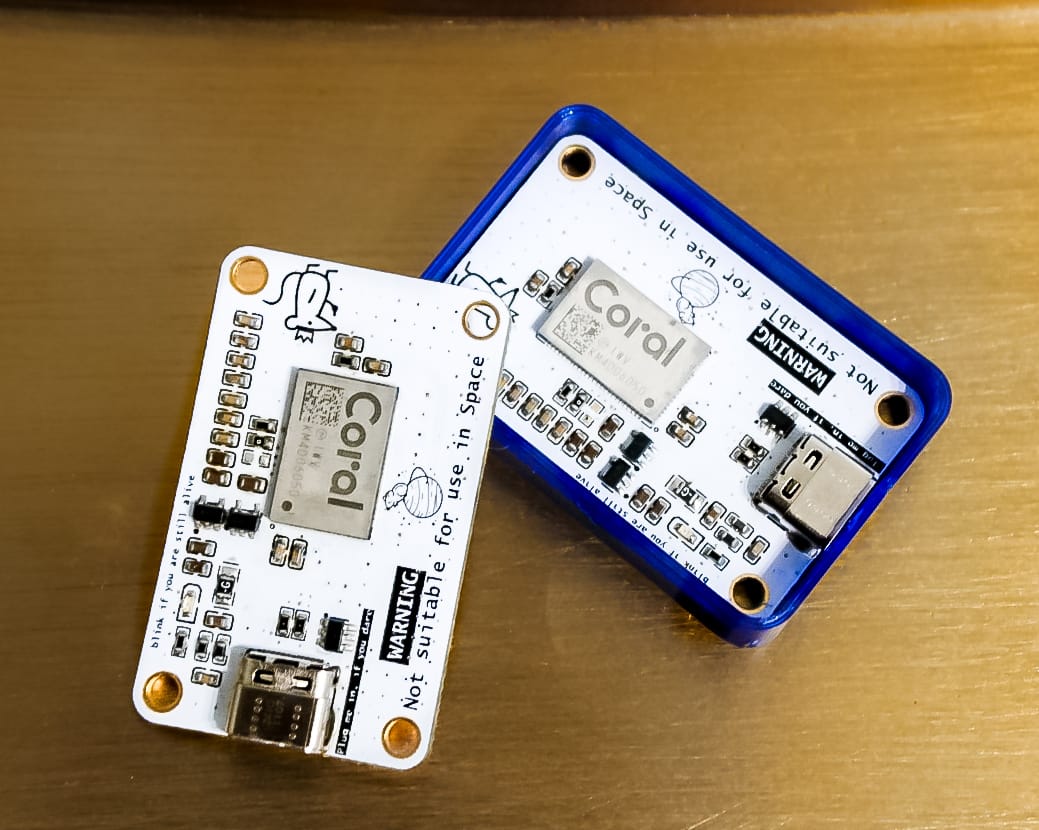
Architecture
The Reef is a cluster of Coral Edge TPUs, each a low power inference engine. Alone, they are modest. Together, they behave like an ecosystem. Each TPU is a worker ant. If one fails, the scheduler reroutes tasks. If power dips, some sleep until they are needed again. If demand spikes, the Reef rallies awake.
It is modular, adaptive, and faintly absurd. A digital coral reef that thrives in chaos.
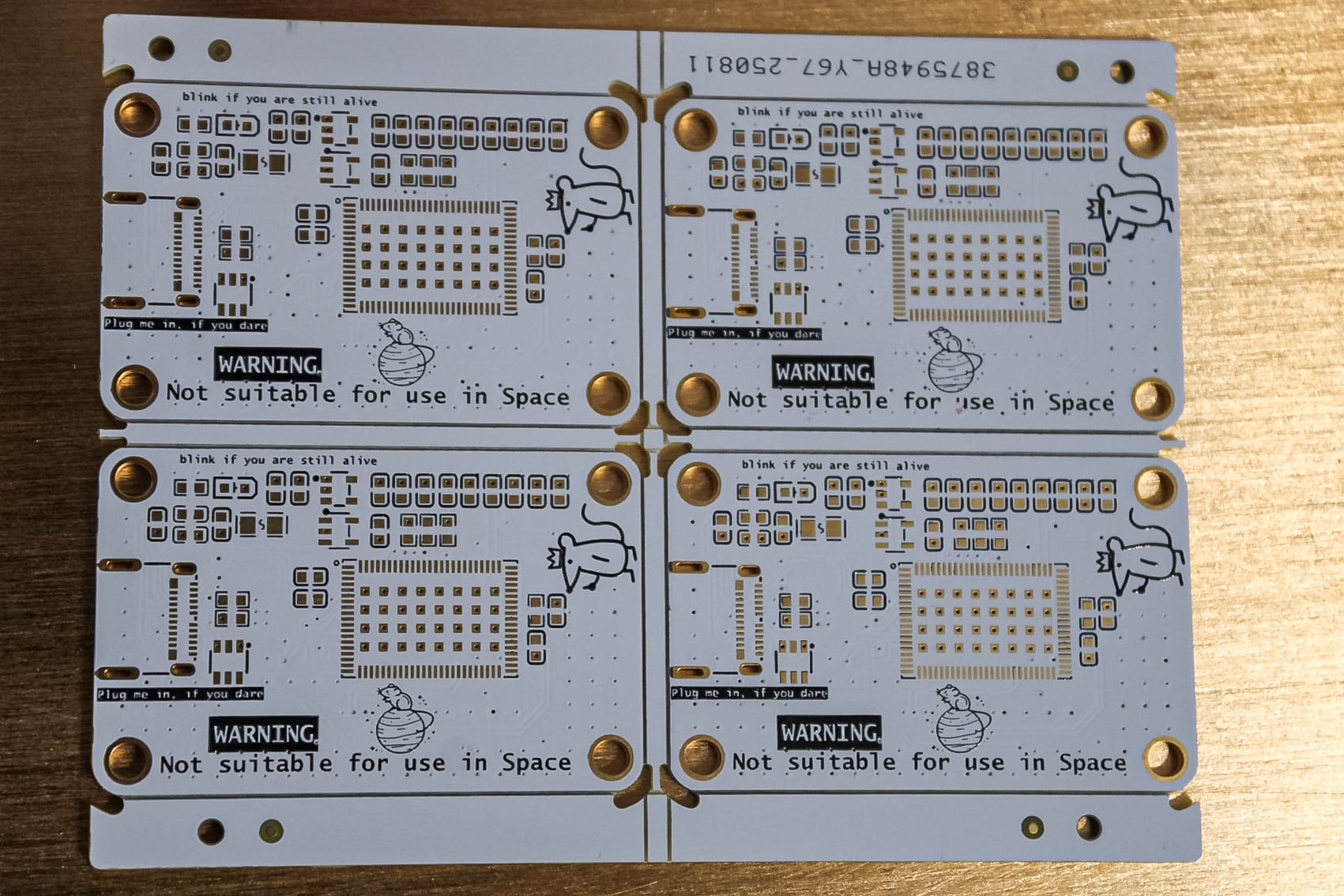
Experiments
We put the Reef to the test with Euclid telescope data. Twenty images expanded into nearly one hundred thousand cutouts.
The first model, FuzzyWuzzy-1, was deliberately simple. It sorted the universe into three boxes: galaxies, stars, and “???” — the cosmic junk drawer where all the weird stuff landed. Accuracy climbed above ninety percent, and to our surprise, the “???” pile became the most interesting one. It was less a category and more a confession: we don’t know what this is, but it is definitely something.
The second model, FuzzyWuzzy-2, raised the bar. Trained with JWST and Hubble samples, it learned to handle finer distinctions while pushing closer to ninety six percent accuracy. The “???” pile shrank, but never vanished. Which we secretly liked, because if a model ever tells you it has no unknowns, it is either lying or it has stopped looking closely.
And because we cannot resist bad naming conventions, a third sibling emerged. LightyDimmy was trained to hunt exoplanets by spotting the faint flickers of stars that dim for a heartbeat when a world passes in front of them. Ridiculous name, serious science.
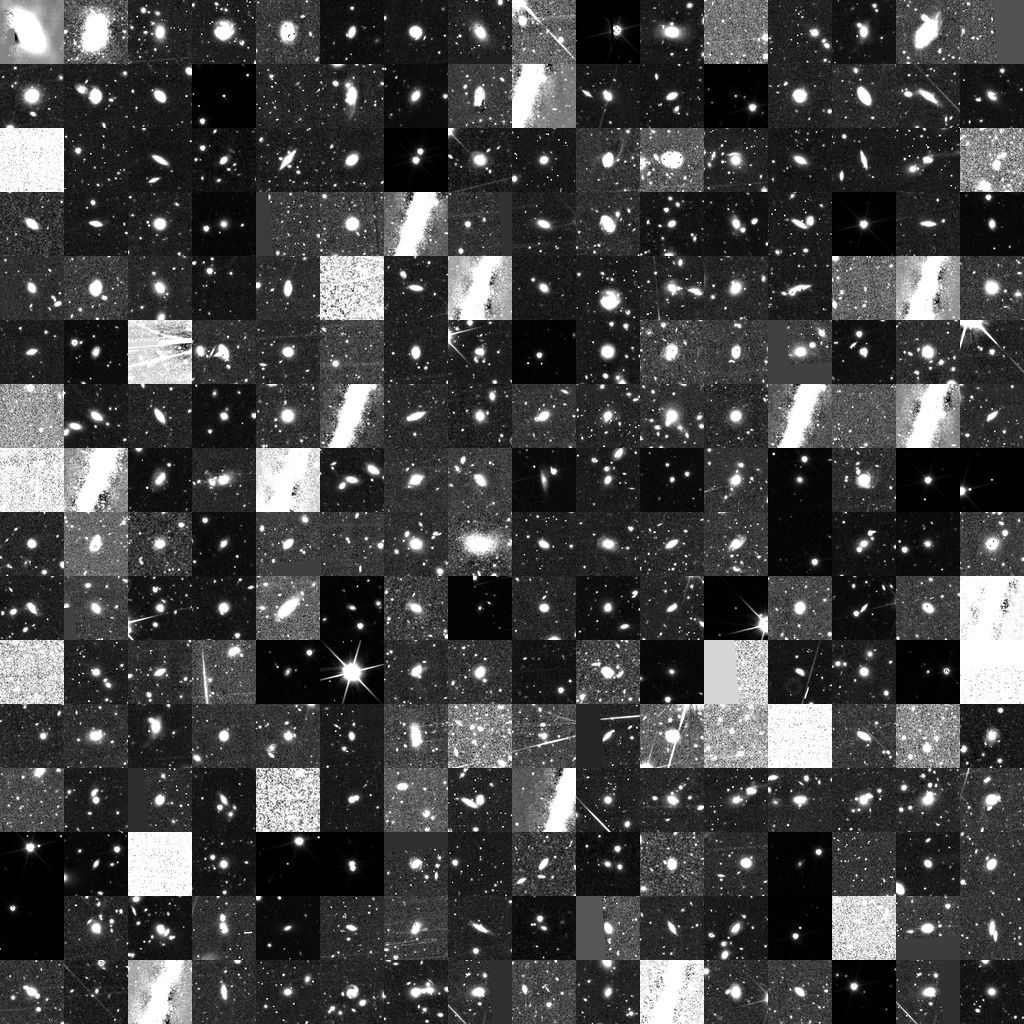
Hardware Trials
Simulation is forgiving. Hardware is not.
A single Coral TPU could chew through nearly fifty thousand cutouts per second while drawing three watts. Latency dropped to twenty microseconds per image. Without cooling, they overheated and failed. With improvised heatsinks, they held steady.
Out of five units, one was dead on arrival. Two failed after stress tests. One degraded into half life. Only one stayed healthy. And still the Reef worked. The scheduler adapted, workloads shifted, and the experiment survived. Resilience was not about flawless parts. It was about design.
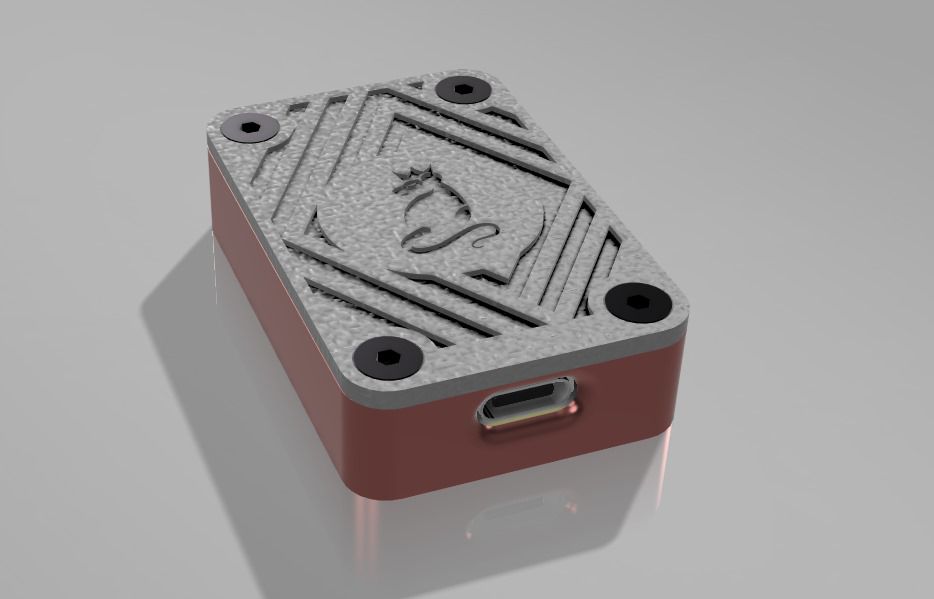
Results
The Reef did not just run. It delivered. In early runs, it identified and classified over sixty seven thousand cosmic objects without relying on cloud services, racks of servers, or ground based pipelines.
Key Outcomes
- Throughput: ~48,000 cutouts per second per Coral unit
- Latency: ~20 microseconds per cutout
- Power draw: 2.8–3.2 W under load
- Accuracy: FW-1: 91% (galaxies, stars, ???); FW-2: 95–96% (expanded dataset); LightyDimmy: ~85% detection rate for exoplanet transits
- Resilience: Scheduler tolerated loss of 60% of nodes without collapse
This meant what once required a server cluster the size of a room could be replicated by a handful of boards in a backpack. The Reef turned an experimental idea into a working demonstration that showed edge autonomy is not only possible, but in many cases more efficient than centralized processing.
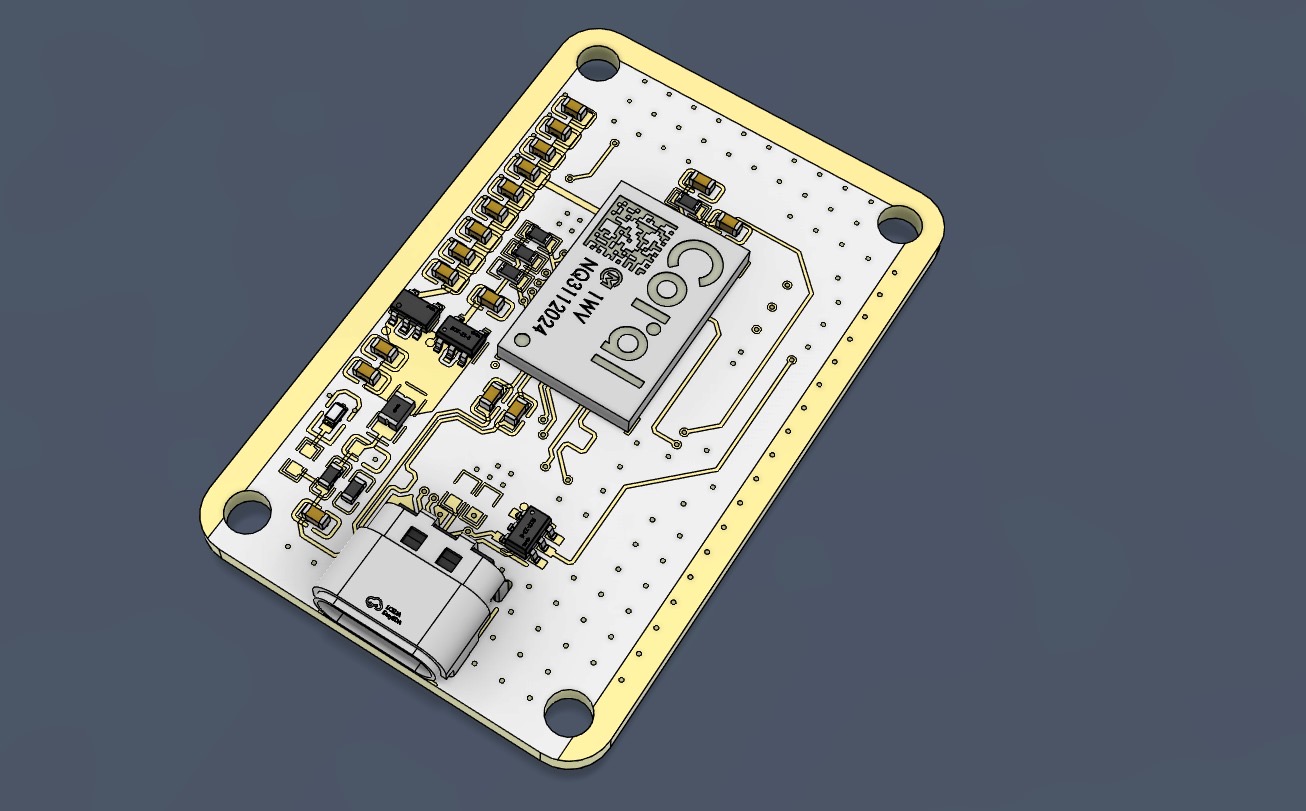
Presentation
We carried the Reef to EDHPC 2025 in Elche, Spain, and presented it to the European Space Agency. The verdict was clear. It is not flight ready, but it is real. The concept holds. The architecture is robust. The scheduler proves that fragile hardware can still produce resilient systems.
There is still work to do. Radiation shielding, thermal management, and ruggedization remain challenges. But the principle has been demonstrated: intelligence can live alongside instruments in space, and machines can process and decide without waiting on Earth.

Reflections
The Reef was our first true research effort and, in some ways, our manifesto. It was born from caffeine and bad sketches, but became a serious proof of concept. Telescopes can think. Rovers can adapt. Autonomy does not need to wait for Earth.
It taught us a lesson we keep repeating. Resilience is not perfection. It is surviving failure, rerouting around it, and carrying on.
The universe was not ready for the Reef. Honestly, neither were we. But it is alive, running, and multiplying when no one is looking.


